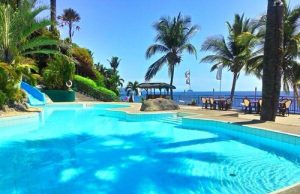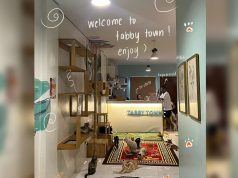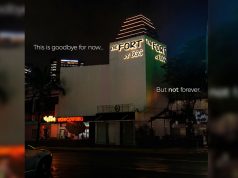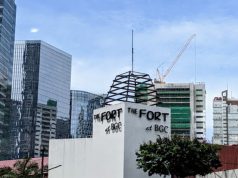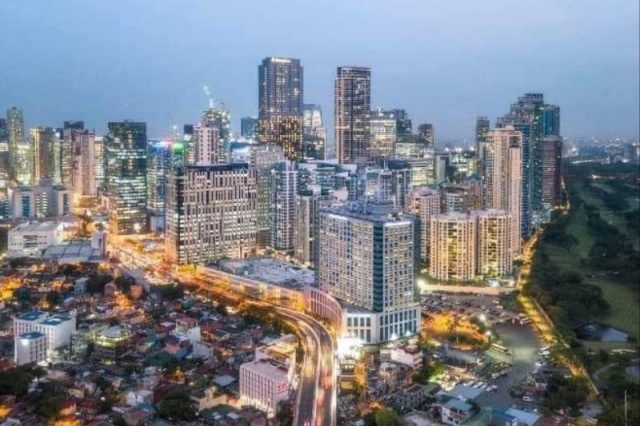
“Fake pedestrian-friendly.”
Insights about pedestrian mobility in a central business and lifestyle district in Taguig City went viral on a professional social networking platform, sparking widespread discussion among Filipinos..
A working professional reflected on the state of Bonifacio Global City (BGC) and brought up a commuter friend’s description of it as “fake pedestrian-friendly.”
LinkedIn user Jon Lim admitted that he initially thought his friend was “exaggerating,” but later reflected on the walkability of BGC.
He then listed the observations of his commuter friend, which included enduring “long walks under the heat, with no shade.”
“The trees are thin, and the plant canopies too sparse to offer real shade, chosen more for easy maintenance than comfort,” Lim added, referring to his friend’s observation.
“Stoplight timers prioritize cars over people. Seniors struggle to cross the wide lanes,” Lim continued, alluding to his friend’s thoughts.
“And yes, BGC has parks — Track 30th, for example — but they often feel decorative and exclusive, not communal. They’re open, yes — but wide, exposed, and lacking shade. You get the sense the park is there less for the people and more as a selling point than a gathering place,” the LinkedIn user added.
Lim also mentioned a Singaporean expat friend’s similar sentiments in Rockwell, Makati City, saying his commuter friend’s observation was not unique to BGC.
“And commuting? It’s easy if you have your own vehicle or can afford a ride-hailing app. But for the majority who don’t — those who serve, clean, cook, guard, and support this ecosystem — it’s long, exposed walks to reach the nearest public transport,” he wrote, referring to BGC.
“It made me realize: Even in the most expensive parts of the city, urban planning often centers around aesthetics, compliance, and real estate value. Sometimes, it feels like these cities are designed to make life easier for developers to manage — not for people to live,” Lim added.
“What if our cities were designed not just to impress, but to be truly lived in?” he wrote.
Lim suggested that developers could start by “adding more shade” to make it a “truly walkable city.”
Lim’s post has garnered over 3,000 likes and reactions, 369 reposts, and nearly 200 comments on LinkedIn alone.
It was also reshared in the Facebook group “How’s your byahe, bes,” where it gained more traction, receiving 1,400 likes, 1,100 shares and 100 comments.
One comment came from an online user who claimed to have taken a “helicopter ride” with an official of a firm associated with BGC’s development.
“I asked him why the road layout was not a classic grid, like, say, Manhattan. He answered, ‘Because this layout looks better from the air.’ I also asked why the master plan did not integrate and prioritize public transport. He said, ‘That’s not our target market. The premium market all have cars,'” the online user added.
Some Filipinos on Facebook agreed with the repost about BGC and its walkability, sharing their experiences and insights in the comments section.
“Landscaping is always a misleading indicator of whether a place is really green or just green-washed. A lot of car-centric places have landscaping… but only landscaping that is designed to be aesthetically pleasing from the vantage point of a car, and not actually practical to people,” an online user said.
“That’s why I hate going there — hardly any commute options.
Also on EV [electric vehicle] chargers, an electric car in the country with the highest electricity rates isn’t the right choice,” another user wrote.
“Agree with that friend! It looks pedestrian-friendly till you actually have to get around on foot,” said a different user.
“When I went to BGC, I know that I’m going to hate it. Ito lang ‘yung siyudad na walang shade, like Caloocan, QC [Quezon City], Makati, Pasay, and Manila all have shade against the sun, pero ito wala, and also ito lang ‘yung lugar na mas madaling mag-drive than to find public transportation,” another Pinoy said.
BGC is a mixed-use estate located in Taguig.
It was planned by the Fort Bonifacio Development Corporation (FBDC), a merger of the state-run Bases Conversion Development Authority (BCDA), Ayala Land Inc. (ALI) and Evergreen Holdings Inc.
FBDC owns several office and retail properties across the estate, including Bonifacio High Street, The Flats BGC, Clock In BGC and the Philippine Stock Exchange Tower.
BGC has a “pedestrians-first” policy aimed at ensuring the safety and security of commuters when crossing its streets.
The district also features traffic signal lights with signage encouraging pedestrians to report any malfunctioning or defunct signals.
RELATED: ‘Community safety is top priority’: BGC addresses viral pedestrian ramming incident



